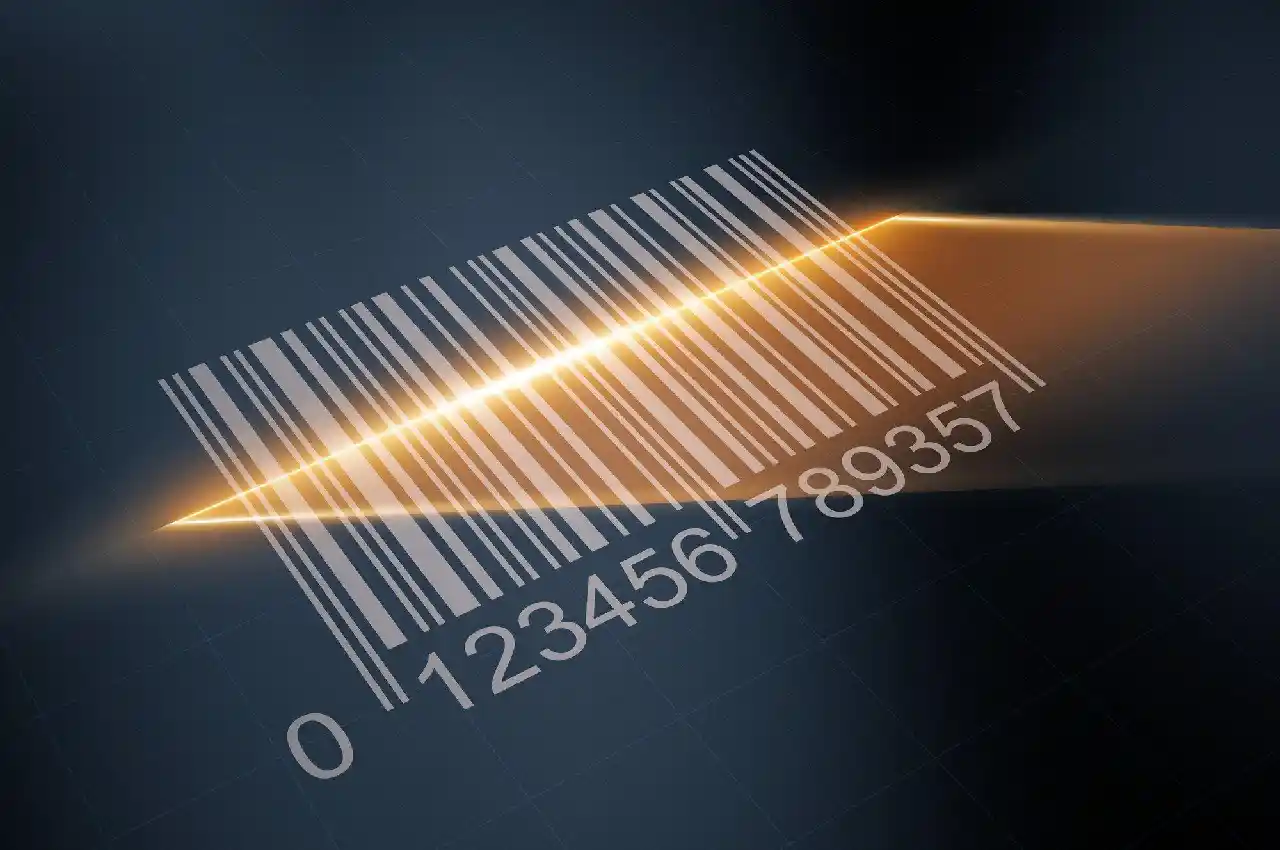Tech
A Beginner’s Guide to Understanding Barcode Symbology

Barcodes are like the secret language of merchandise. They whisper the identities of items to scanners worldwide, making checkouts breezy and keeping tabs on stock simple.
Dive into the intriguing world of barcode symbology. Those zebra-striped numbers have stories to tell about every product’s past, present, and future. Let’s crack the code together!
The Basics of Barcode Technology
Barcodes, the swathes of lines varying in width. It serves an essential purpose, yet few grasp their technicalities. Realize that inside the lines is a rich language, complex and recondite, that speaks volumes about a product’s journey.
It’s a language where numbers and spaces are intricately arranged. Each pattern is a discrete identifier that catalogs items with surgical precision. It leaves many bemused by its intricacy yet reliant on its function.
Types of Barcode Symbology
Barcodes come in different forms, each with its own ‘dialect’ of patterns and spaces. One of the most common and recognizable is the Universal Product Code (UPC), ubiquitous in retail environments. Another notable type is the Quick Response (QR) code. It can store much more information. It is optimized for quick scanning, often used with mobile devices.
There are also specialized symbologies like Code 128. This is used in logistics due to its high-density data capacity. There is also PDF417, which can encode large amounts of data including photographs and fingerprints. These and many others constitute the rich tapestry of barcode languages. Each is tailored for specific industry needs.
How Barcode Scanners Work
At its core, a barcode scanner is akin to an electronic eye. It interprets the black-and-white patterns of a barcode strip into a language computers understand. When a barcode is passed under the scanner, a red light beams onto the barcode. It reflects back into a light-sensitive component within the scanner’s housing.
This process – known as photoelectric capture – translates the alternating patterns of light and dark into digital information, typically the string of numbers or characters that the barcode represents, and sends it to the computer or cash register.
Establishing a Barcode Library System
Creating a barcode library system is a methodical process that demands careful planning and execution. It involves cataloging every item with a unique barcode that links to a comprehensive database.
This database stores detailed information such as the item’s name, description, price, and quantity in stock. By implementing a barcode library like BarcodeLib or IronBarcode, businesses can enhance inventory management, reduce errors during checkout, and provide seamless tracking of products throughout the supply chain.
All About Barcode Symbology
In conclusion, barcodes serve a vital role in our world, making things simpler for everyone, from clerks to customers. They’re more than just lines on a label; they’re a sophisticated system that tracks products and info super quickly and easily.
Even as new tech comes along, barcodes stick around because they’re so good at what they do – keeping stuff organized and making buying and selling smooth.
Whoever thought up barcode symbology was really onto something, and that’s a bit of genius we’re still benefiting from today.
Looking for more tips and ideas? We’ve got you covered. Check out some of our other posts now.
Having completed my education in English, I’ve cultivated a successful career as a content writer. My tenure includes valued collaborations with distinguished professional organizations, reflecting my commitment to producing high-quality content.
Contact me on this mail: [email protected]










